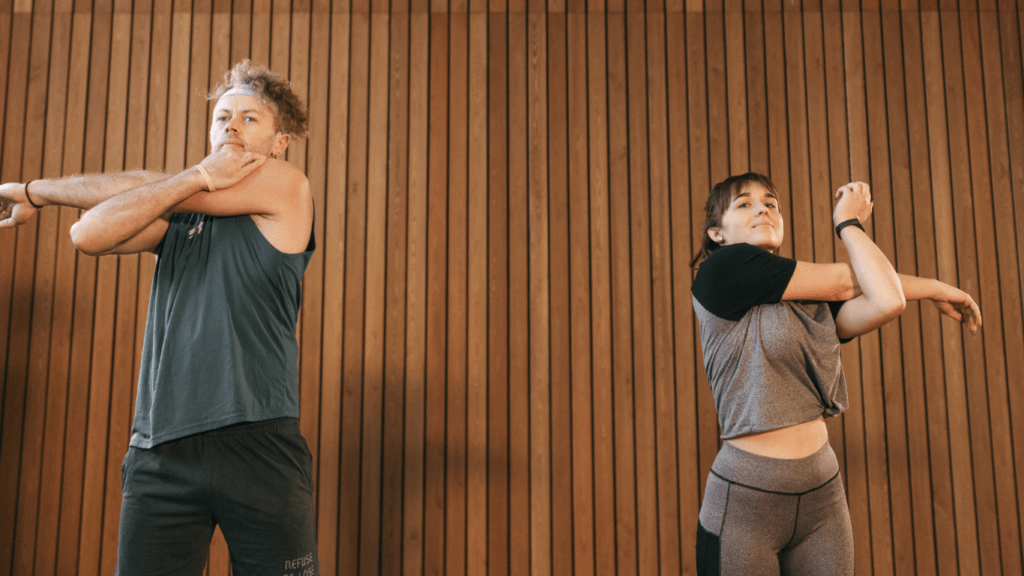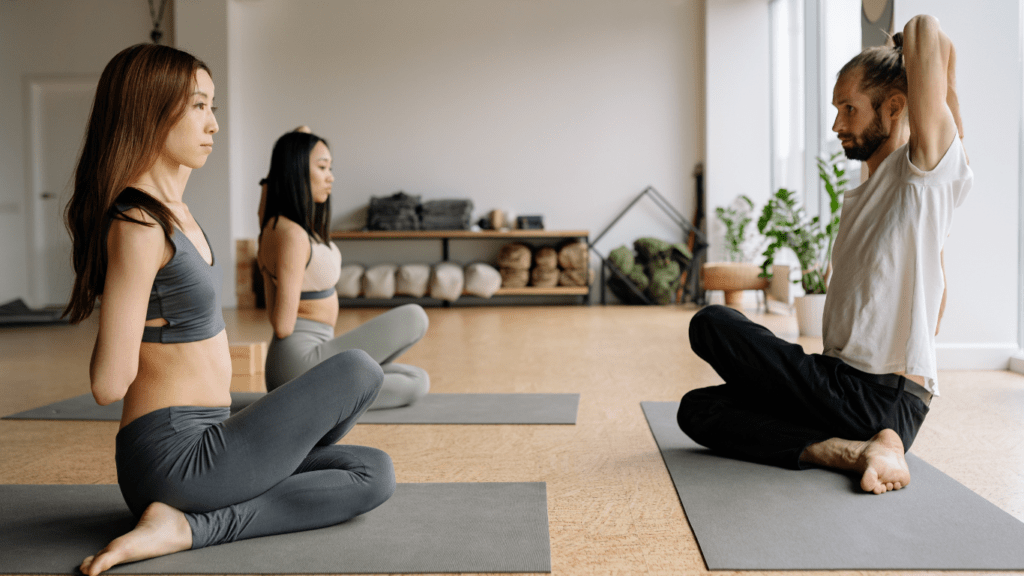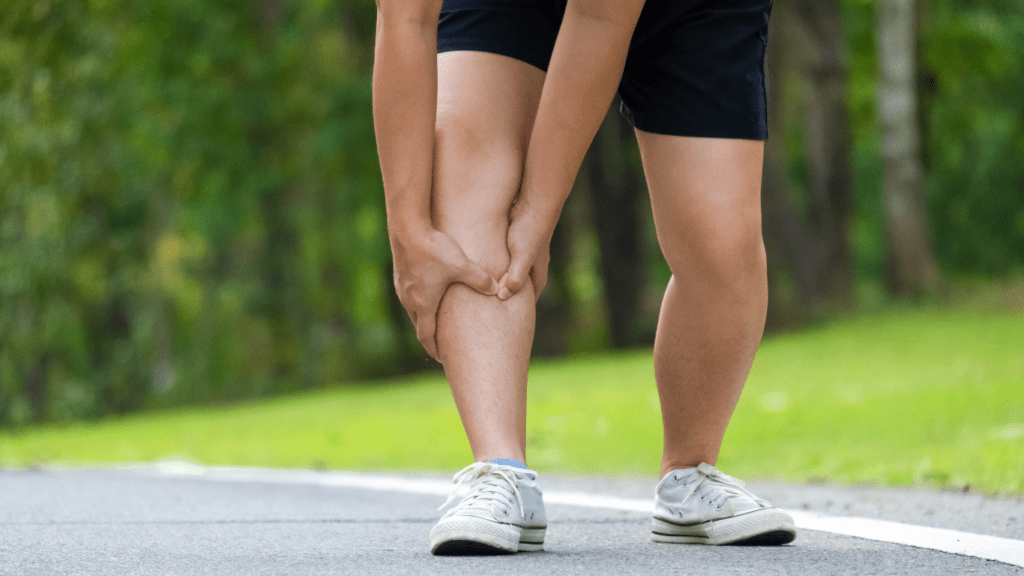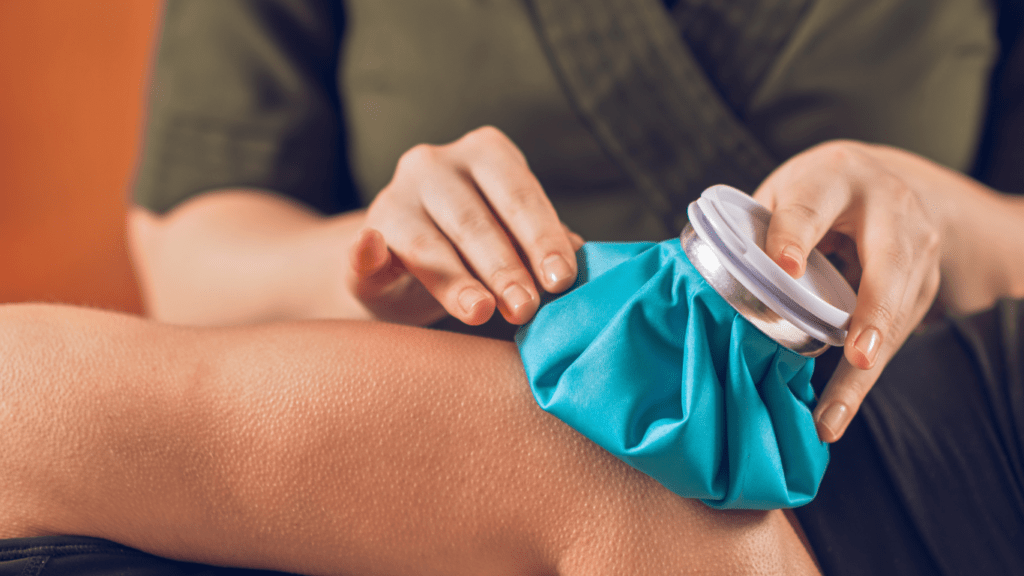Understanding the Importance of Stretching for Runners
Stretching plays a critical role in maintaining a runner’s overall health. It enhances flexibility, prevents injuries, and improves performance.
The Role of Stretching in Injury Prevention
Stretching keeps muscles flexible, strong, and healthy. Healthy muscles reduce the risk of strains and injuries. For instance, tight hamstrings or calves increase the likelihood of pulls and tears.
Incorporating stretching into your routine ensures muscles stay pliable and ready for the demands of running. It also aids in maintaining a good range of motion that prevents the overuse of certain muscle groups.
Benefits of Stretching for Performance Enhancement
Stretching before and after runs boosts overall performance. Pre-run flexibility exercises, like dynamic stretches, prepare muscles for the run’s intensity.
These stretches increase blood flow and lubricate joints, making movements smoother and more efficient. Post-run static stretches relieve muscle tension and promote quicker recovery.
They also prevent stiffness, ensuring you’re ready for your next run. For example, stretching the hip flexors improves stride length and efficiency, contributing to better running economy.
Pre-Run Stretching: Key Techniques and Tips
Starting a run with a proper stretching routine ensures peak performance and minimizes injury risks. Key techniques and tips for pre-run stretching focus on dynamic stretches.
Dynamic Stretches to Start Your Run Right
Dynamic stretches involve active movements that warm up muscles and increase blood flow. They prepare muscles and joints for the physical demands of running. Some effective dynamic stretches include:
- Leg Swings: Stand next to a wall or support. Swing one leg forward and backward, then switch. Perform 10-15 swings per leg.
- Walking Lunges: Step forward into a lunge position, ensuring the knee doesn’t go past the toes. Alternate legs for 10-12 reps.
- High Knees: Jog in place while lifting knees to hip level. Perform this for 30-60 seconds.
- Butt Kicks: Jog in place, bringing heels towards glutes. Continue for 30-60 seconds.
- Arm Circles: Extend arms to the sides and make small circles, gradually increasing the circle size. Repeat for 30 seconds in each direction.
How Long Should You Stretch Before Running?
Stretching duration impacts effectiveness. Pre-run dynamic stretches should last about 10-15 minutes to adequately warm up muscles.
This period ensures muscles gain flexibility and joints become lubricated, reducing injury risk.
As you progress in your runs, it’s beneficial to adjust your stretching time based on personal preferences and needs, ensuring consistent readiness for each run.
Post-Run Stretching: Essential Moves for Recovery

Post-run stretching aids muscle recovery and helps prevent stiffness.
Static Stretches to Cool Down Your Muscles
Static stretches lengthen muscles and improve flexibility. Hold each stretch for about 20-30 second:
- Calf Stretch: Place hands on a wall, step one foot back, and keep the heel on the ground.
- Quadriceps Stretch: Stand, pull one foot toward your glutes, keep knees aligned.
- Hamstring Stretch: Sit, extend one leg, reach toward toes, and keep your back straight.
- Hip Flexor Stretch: Lunge forward, keep the back leg straight, and sink hips downward.
- Lower Back Stretch: Lie on your back, pull knees toward your chest, keep shoulders on the floor.
Best Practices for Post-Run Stretching Duration
Stretching duration impacts recovery. Spend 10-15 minutes for a thorough cooldown. Focus on areas most utilized during the run.
Stretching Essentials: Gear and Environment
Proper gear and environment maximize stretching benefits. Below are essential tips on selecting the right equipment and creating a conducive space for your stretching routines.
Choosing the Right Stretching Equipment
Selecting suitable stretching equipment enhances flexibility and prevents injuries:
- Yoga mats: These provide a comfortable surface, reducing strain on joints.
- Foam rollers: These aid in muscle recovery by releasing tension and knots.
- Stretching straps: Useful for deeper stretches and improving range of motion.
- Resistance bands: Versatile tools to facilitate progressive stretching.
Investing in this equipment optimizes stretching efficiency and ensures safety.
Creating a Conducive Stretching Space
A proper environment encourages consistent stretching routines:
- Open area: Ensure ample space to move freely.
- Flat surface: Use a flat, stable surface to prevent slips and strain.
- Adequate lighting: Good lighting enhances visibility and focus.
- Quiet surroundings: A calm space minimizes distractions and promotes relaxation.
This setup makes stretching routines effective and enjoyable.



